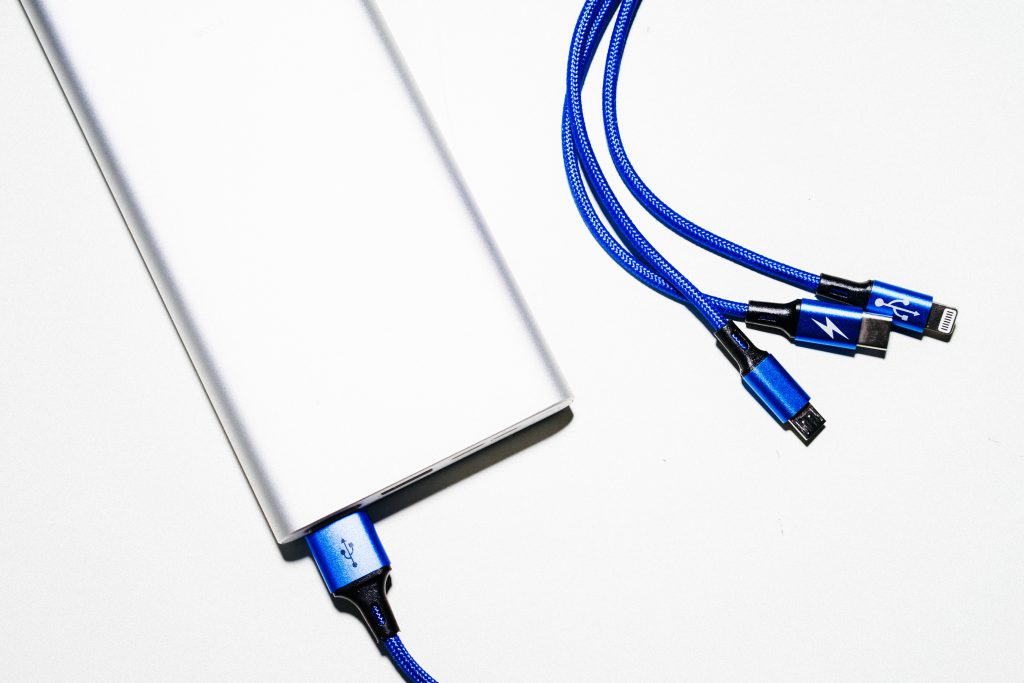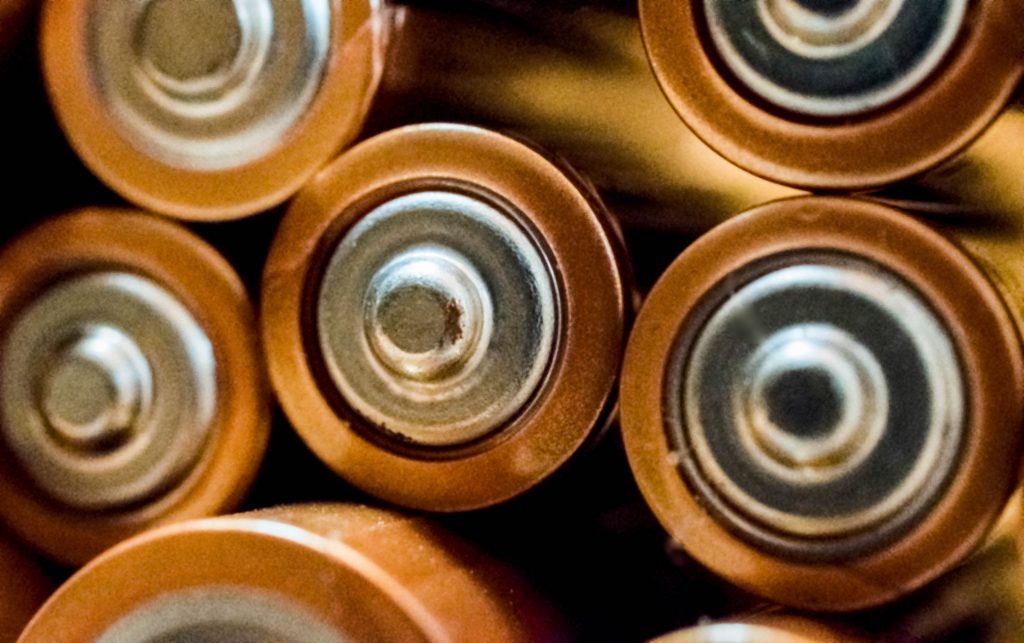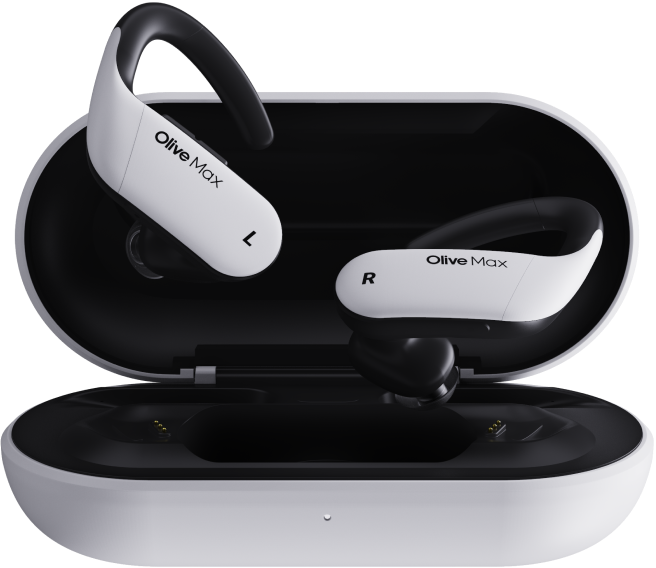
Rechargeable batteries are everywhere nowadays. Your phone, speakers, laptop… If it’s made to be portable it most likely has a rechargeable battery. Rechargeable hearing aids are no exception, and many current models today utilize rechargeable batteries as well.
What is interesting, however, is that rechargeable hearing aid batteries continue to exist alongside traditional, disposable button batteries. Nowadays, you can find hearing aids powered by both rechargeable and disposable batteries!
Which one is better, however, is a question that depends on a number of variables.
What Are Rechargeable Hearing Aids?
Rechargeable hearing aids are hearing aids equipped with rechargeable batteries. Rechargeable batteries do not require removal and instead are recharged regularly through placement on a charging dock or station.
Similar to your smartphone, rechargeable hearing aids can be recharged every night while you sleep, ensuring a full charge and days’ worth of hearing the next morning.
There are two main types of rechargeable batteries: lithium-ion and silver-zinc. Lithium-ion batteries offer up to 30 hours of usage on a single charge, and have a lifespan of around 5 years (depending on usage factors and environment). Less common silver-zinc batteries offer similar usage times, however, they need to be replaced every 6/12 months.
What Are The Benefits of Rechargeable Hearing Aids?

Rechargeable hearing aids provide a number of advantages over traditional disposable battery models, including:
Long shelf life & battery life. Current lithium-ion models offer up to 30 hours of usage on a single charge and have a lifespan of around 5 years. If fully charged, then you should have no worries about your hearing aid dying halfway through the day or at an inopportune moment.
On the other hand, hearing aids with disposable batteries can still require replacements every few days or every week.
Better for the environment. Disposable batteries contain harmful materials such as lead and acid that can damage our environment. An individual with two digital hearing aids will, on average, dispose of more than 300 hearing aid batteries over a 3-year time span.
Meanwhile, a hearing aid with a lithium-ion model can last up to 5 years and require no battery replacements at all!
Safer and easier to handle. For individuals with limited dexterity or conditions such as Parkinson’s and arthritis, tiny replaceable batteries can be a nightmare. Removing the battery from the tiny hearing aid and replacing it with a new one can be a time-consuming, frustrating, and even painful experience.
Tiny disposable batteries are also extremely dangerous if swallowed – houses with pets or kids may want to consider removing any possibility of this potentially deadly situation.
What Are The Negatives of Rechargeable Hearing Aids

Before you jump on the rechargeable hearing aids train, there are still a few factors you might want to keep in mind.
Charger dependency. While 30 hours of battery on 1 charge is nice, what if you forget to charge or don’t have access to the charger? For those who find themselves on the go and can’t find that consistent charging time, the flexibility of being able to pop in new batteries whenever can be a lifesaver.
Inability to replace the battery yourself. If your hearing aid’s rechargeable battery malfunctions or breaks, then you will most likely need to send it to the manufacturer for repairs, leaving you without your personalized hearing aid until it is returned.
Model & Style Restrictions. Not every model or style of hearing aid is compatible with rechargeable batteries. Smaller hearing aid styles often don’t have the space or power to support rechargeable batteries.
Upfront cost. Rechargeability is often a premium feature, and the models that support it tend to be on the pricier side. Although, this stings a little bit less when you consider the possible long term savings that can be gained by removing regular battery purchases.
The Potential Is There, However!
Rechargeable hearing aids are without a doubt on the rise. Their quickly gaining popularity looks to be more than just a trend, and it seems like they are here to stay.
The advantages they offer are clear and noticeable, and as technology improves those advantages will also undoubtedly increase. Rechargeable batteries are looking to become the new norm for hearing aids, and we’re excited to see what new innovations the future will bring.
The information in this guide has been written using the following reliable sources:
https://www.edinburghhearingpractice.co.uk, https://www.healthyhearing.com, https://www.hearingreview.com









